Tramo 9 EN
Tramo 9 EN
The Macizo del Fuego, at which we now find ourselves, was the epicentre of the eruptions and is 525 meters high at its summit. This volcano was covered with slack and ashes from the eighteenth century eruptions. But at its crest one notices that the surface of the oldest section is not completely covered up by the more recent lava. Such areas are known as Islotes, islets, and are home to much plant and animal life which survived the volcanic catastrophe gradually expanding into the newly created substrates with the true eagerness of the coloniser.
This complex structure was created after emissions shutout from dozens of different openings along its length. Erupted fissures opened at the base of the volcanic massif through which numerous streams of molten lava flowed. From the epicentre of the fault, volcanoes of great sculptured beauty extend eastwards and westwards such as the Corazoncillo, considered one of the most spectacular examples of the entire Timanfaya area. As we see, it consists of a ring-shaped cone with a single central crater more than 500 meters in diameter and 170 metres in depth. The floor of the crater is 100 metres deeper than the external base of the structure.

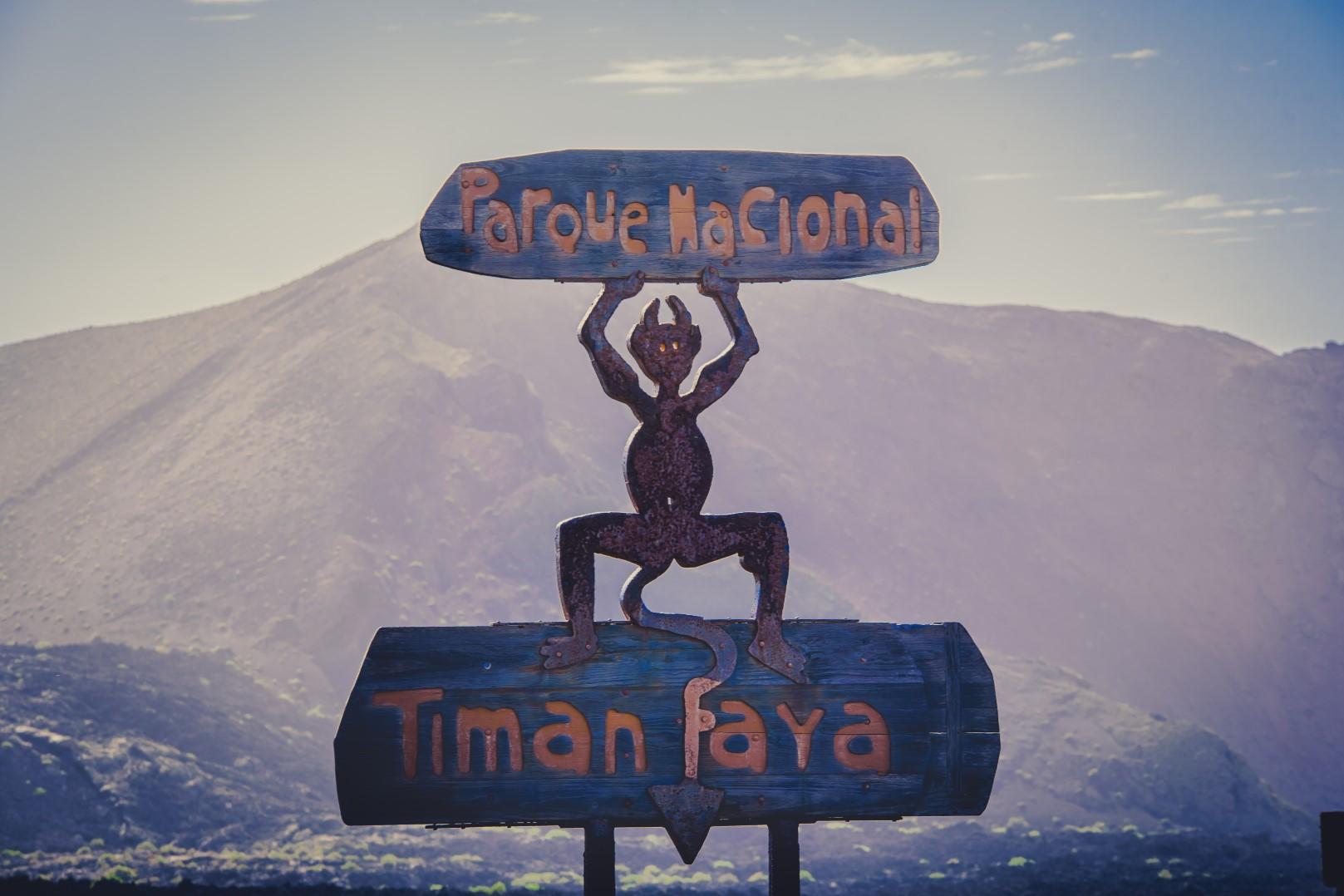
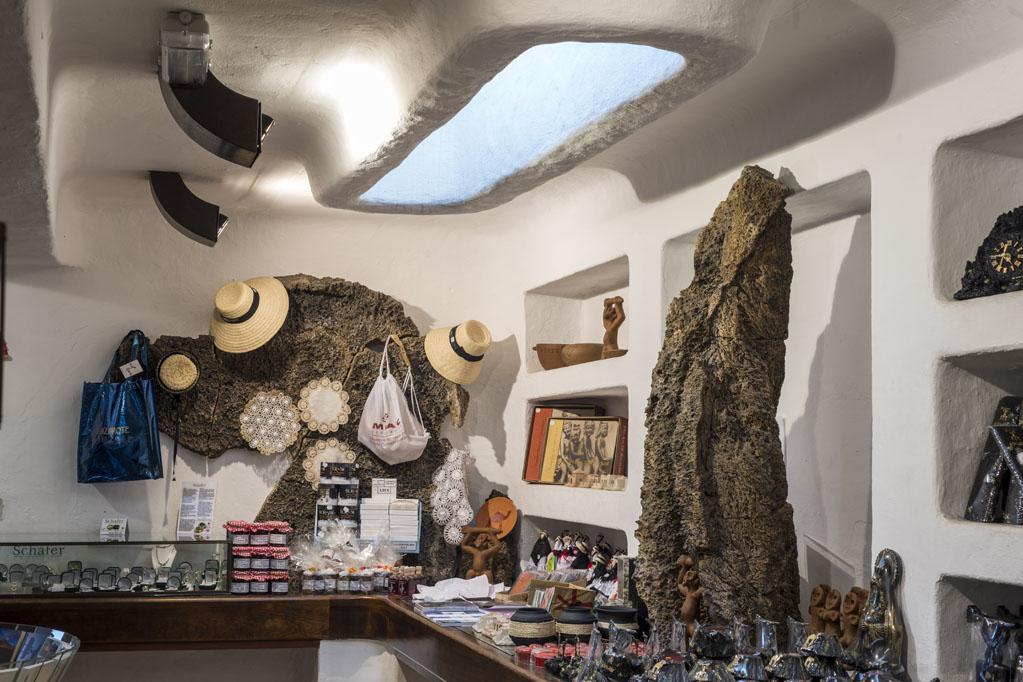
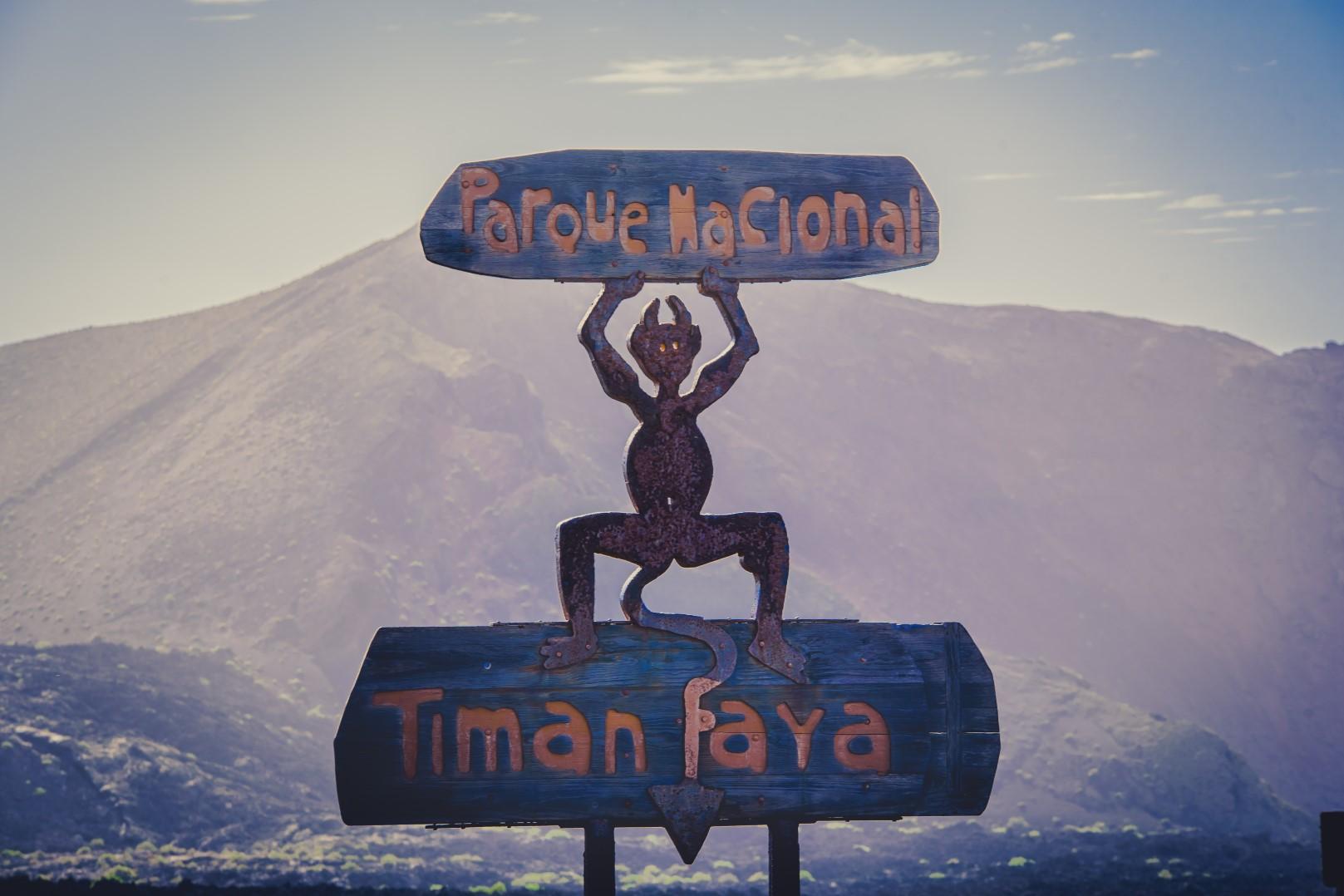
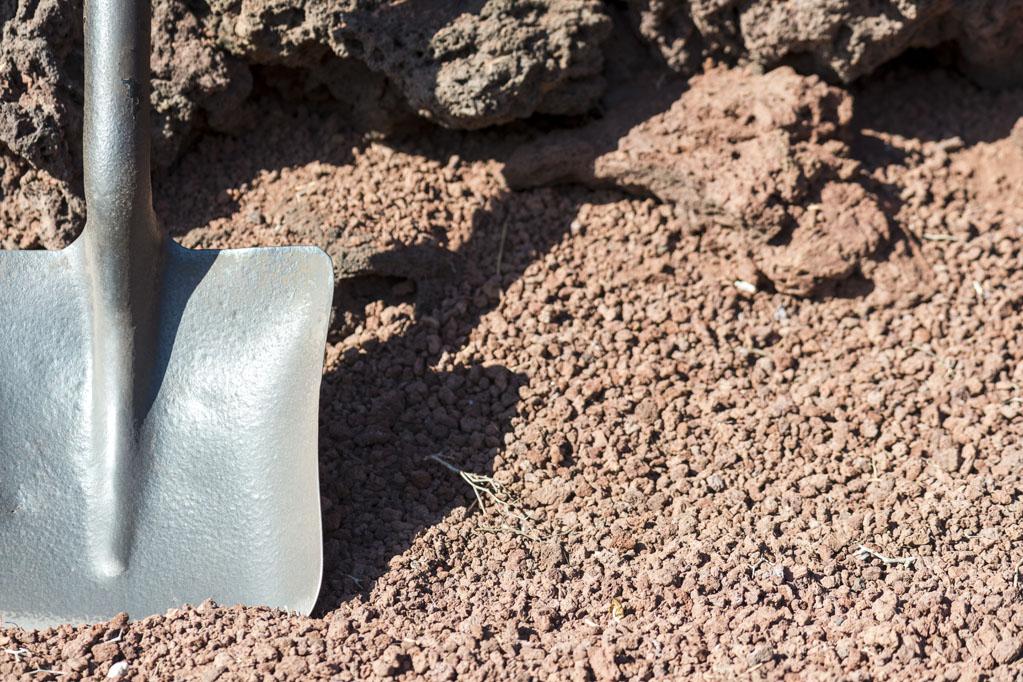
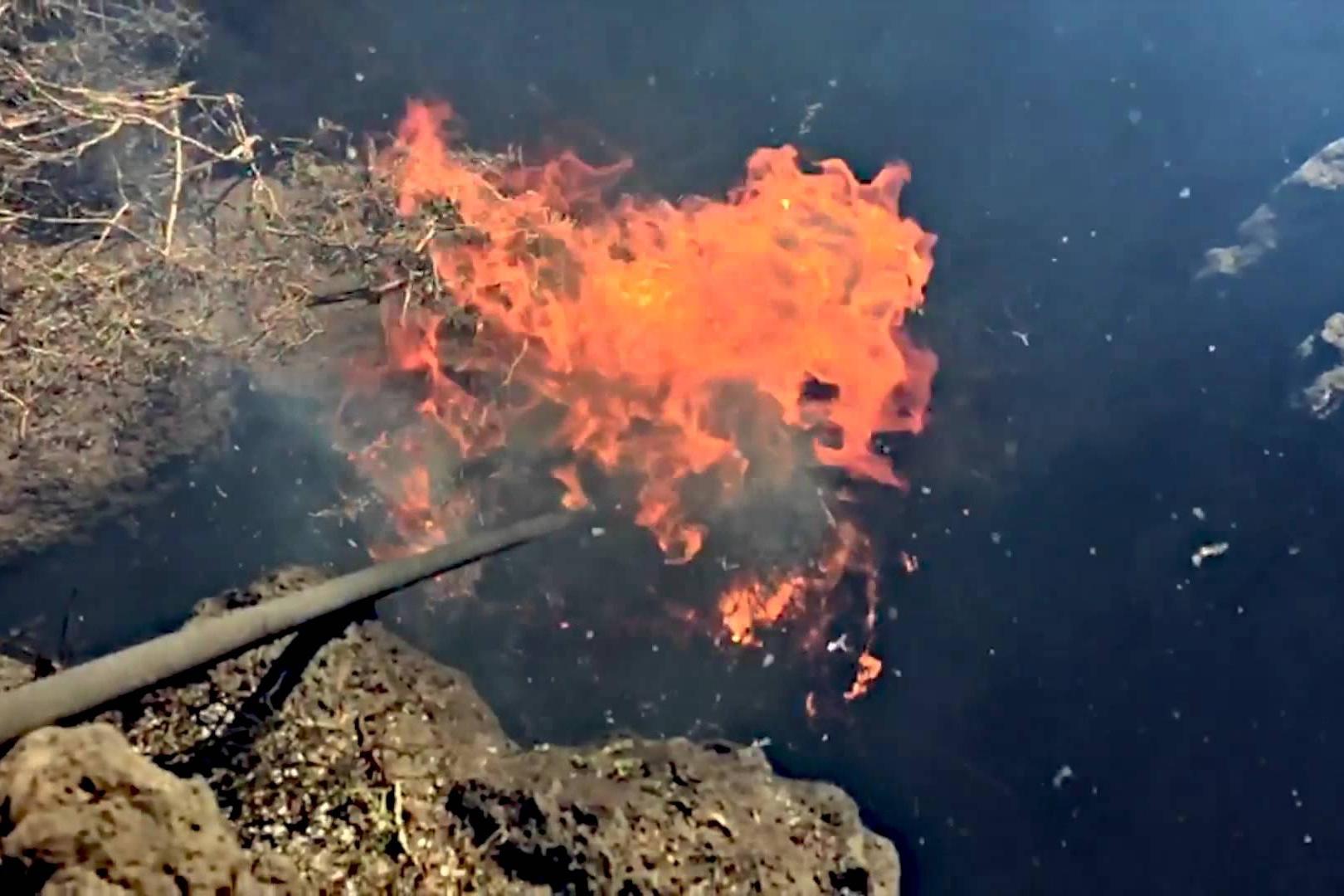
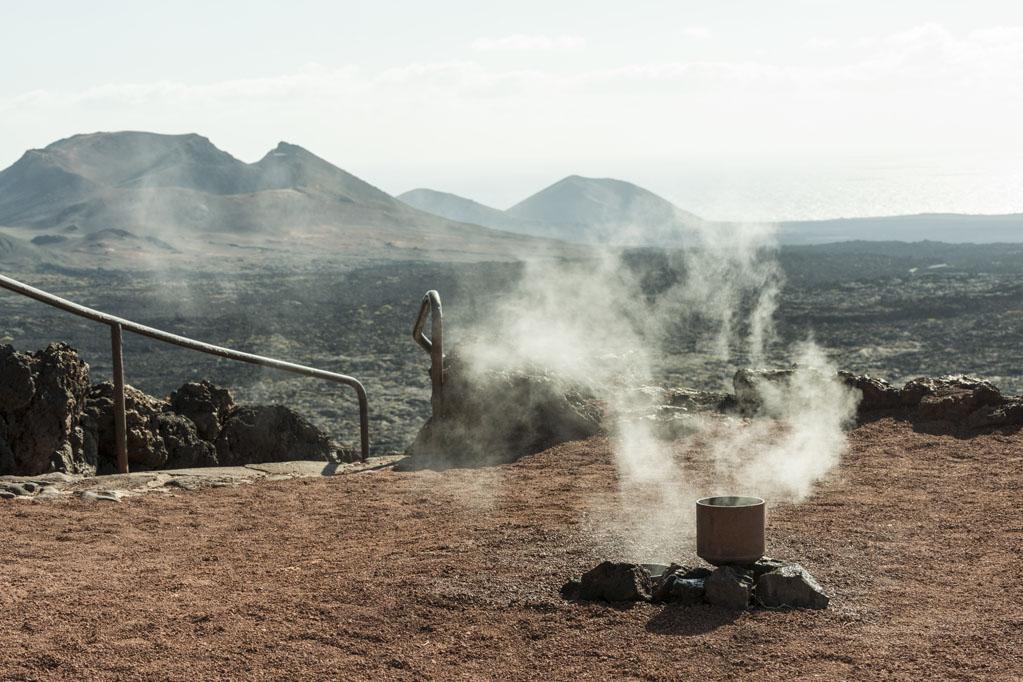
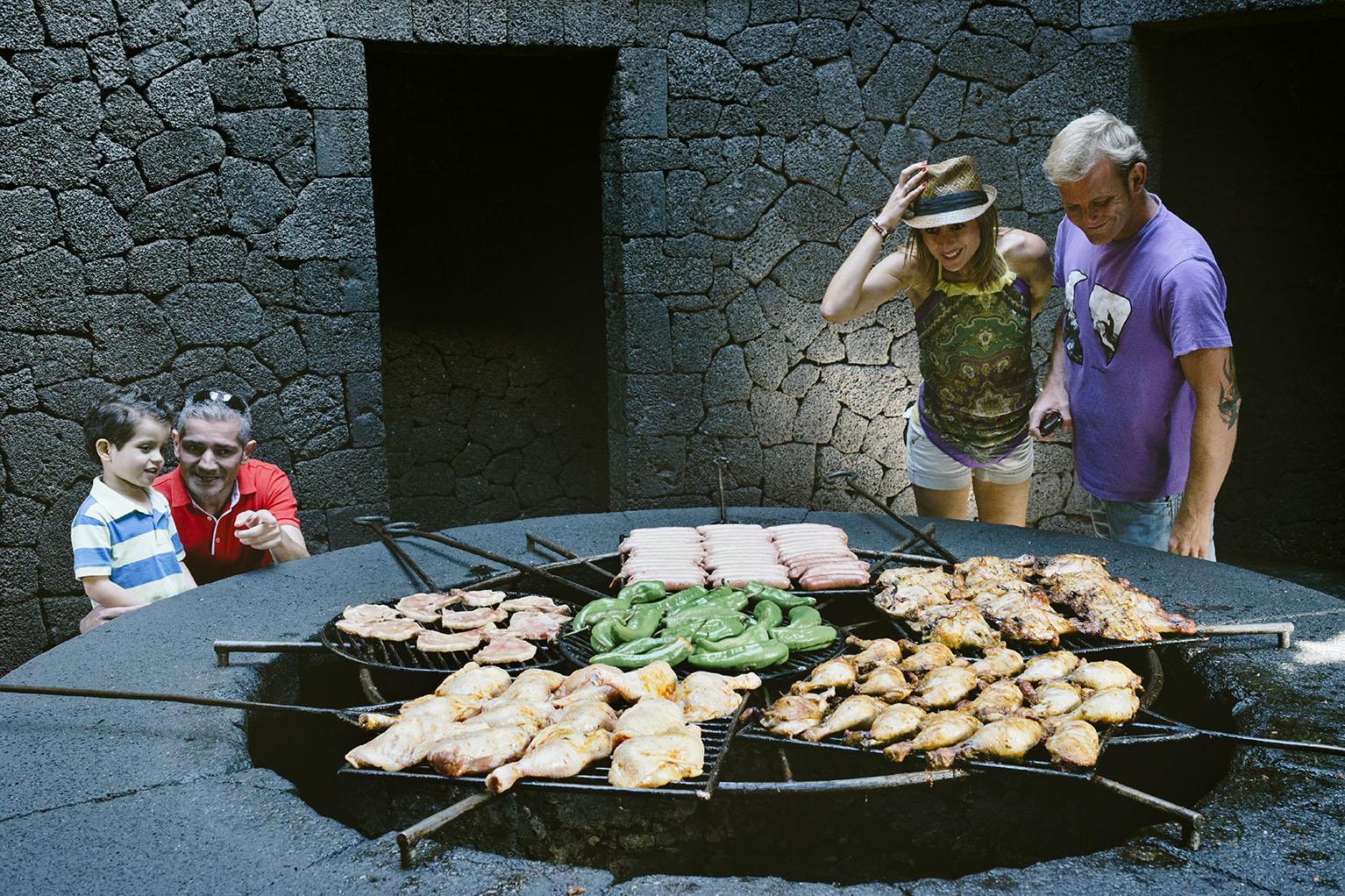
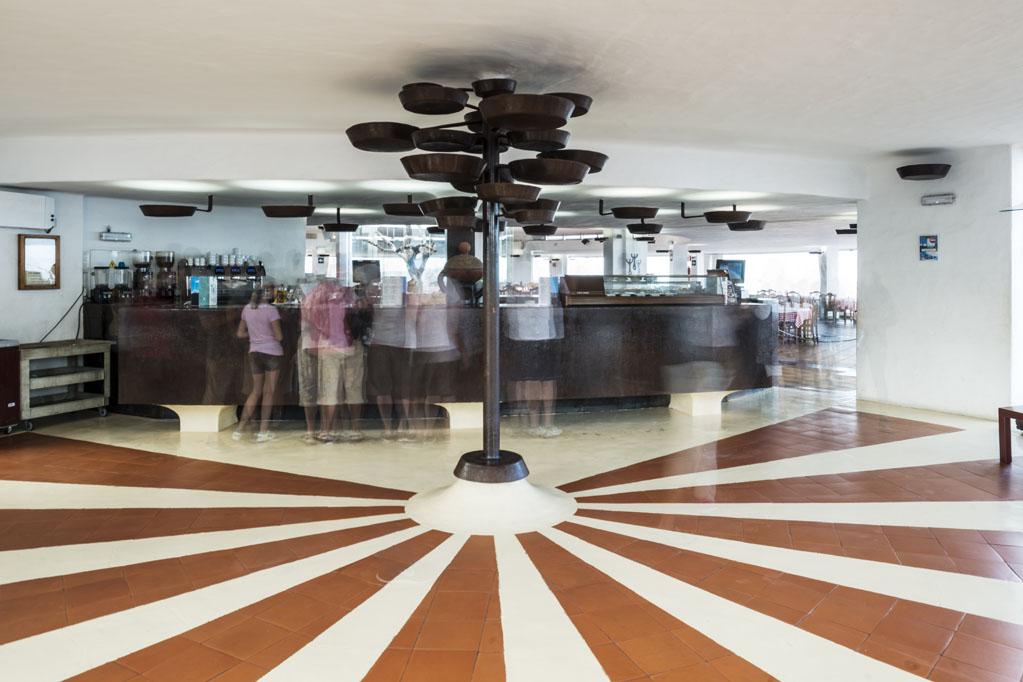
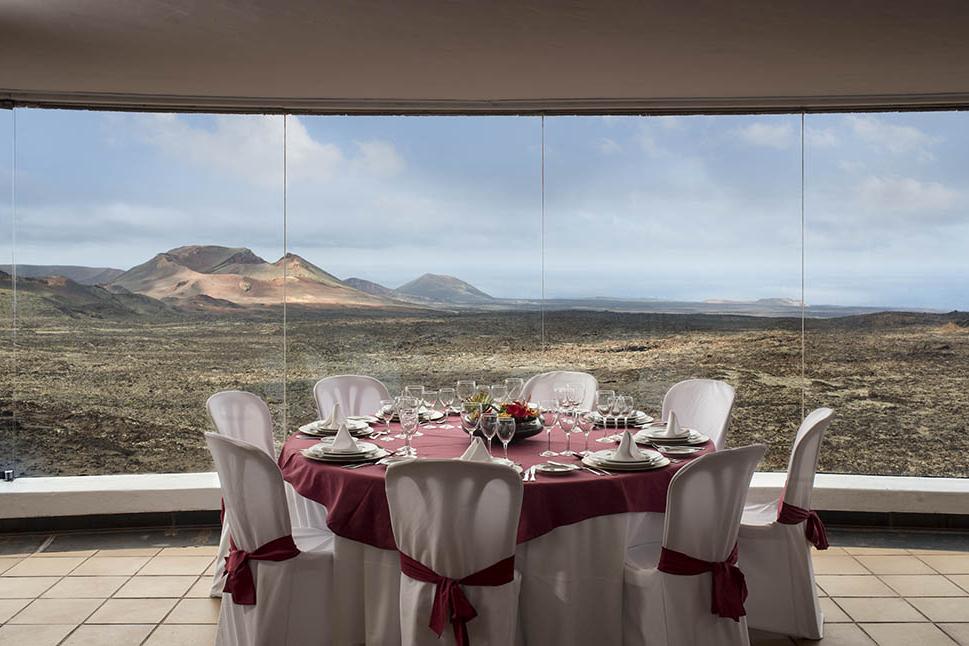

There are no comments
Please log in to post comments